White Feces Disease in Shrimp
1. Causes of white feces disease in shrimp:

Toxic algae, especially blue-green algae, red algae, and euglenoids.
Vibrio bacteria present in pond water and in the shrimp’s intestines.
Infection by Gregarine parasites.
Misuse or overuse of antibiotics.
Poor-quality or mold-contaminated leftover feed.
Pond water pollution; the intestines are affected by toxins such as NH3, H2S, NO2, etc.
Overstocking (high stocking density).
Hot or unstable weather conditions causing stress in shrimp.
2. Symptoms of shrimp affected by white feces disease:
Reduced feeding; the shrimp’s color turns darker.
In larger ponds, the disease is especially dangerous because it may be too late to treat once detected, even if action is taken. Farmers are increasingly opting for small to medium-sized ponds to better manage all aspects of the pond. Currently, mobile nursery ponds and containment ponds produced by AQUA MINA are the top choice.
The hepatopancreas becomes pale and soft; the intestines and feces turn yellow or white.
The shrimp’s shell becomes soft.
The gills turn dark.
White or yellow-brown fecal threads appear in the nets, float on the surface, or collect in the corners of the pond or downwind.
3. Treatment for white feces disease:
Water treatment:
Replace the pond water with fresh, clean water. This is especially easy if using a mobile nursery system.
Disinfect the pond.
After two days, introduce probiotics in high doses in the evening, aerate the pond, and repeat the process after two days.
Feeding:
Days 1 and 2: Stop feeding or reduce the amount by 50%.
Days 3 to 5: Administer antibiotics (dose: 10 ml/kg of feed) twice a day, in the morning and afternoon.
Enhance gut probiotics.
Replace the water and aerate immediately after water treatment.
4. Recommendations for disease prevention:
Stock shrimp at moderate densities. Feed only the necessary amount.
Regularly treat with probiotics and disinfectants.
Do not use antibiotics for disease prevention.
Ensure environmental parameters remain stable and limit gas levels.
Ngày đăng : 17/10/2024
2008 View
Other Articles
Vietnamese shrimp and catfish choose a sustainable path in global competition
End-of-Season Shrimp Prices Reach Record Highs
Norway – Russia Reach Barents Sea Fisheries Agreement for 2026
Cà Mau strengthens traceability to enhance the competitiveness of the shrimp industry.
Cold stress: Effects on the plasma characteristics of whiteleg shrimp.
A new breakthrough in the prevention of diseases caused by the microsporidian parasite EHP in shrimp farming
Vietnam’s shrimp export outlook in the first quarter of 2026 continues to face heavy pressure from tariffs.
New England’s shrimp fishery to shut down for the long haul after years of decline
Crab exports to the United States account for more than 80%.
Thailand sets a target to increase shrimp production to 400,000 tons by 2026.
CTU-RAS: Recirculating Shrimp Farming for Sustainable Development
Vietnamese aquatic products reach new markets








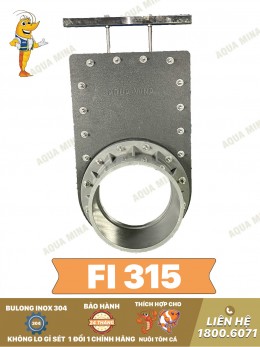
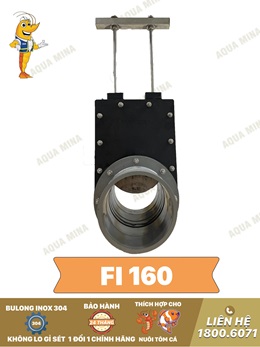

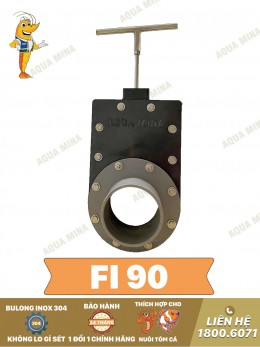
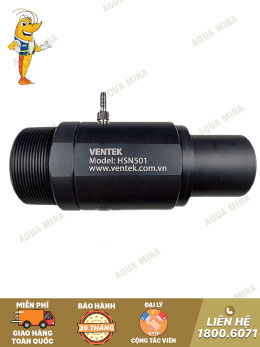
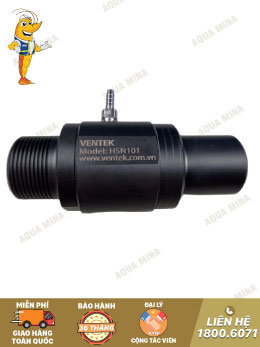





.jpg)